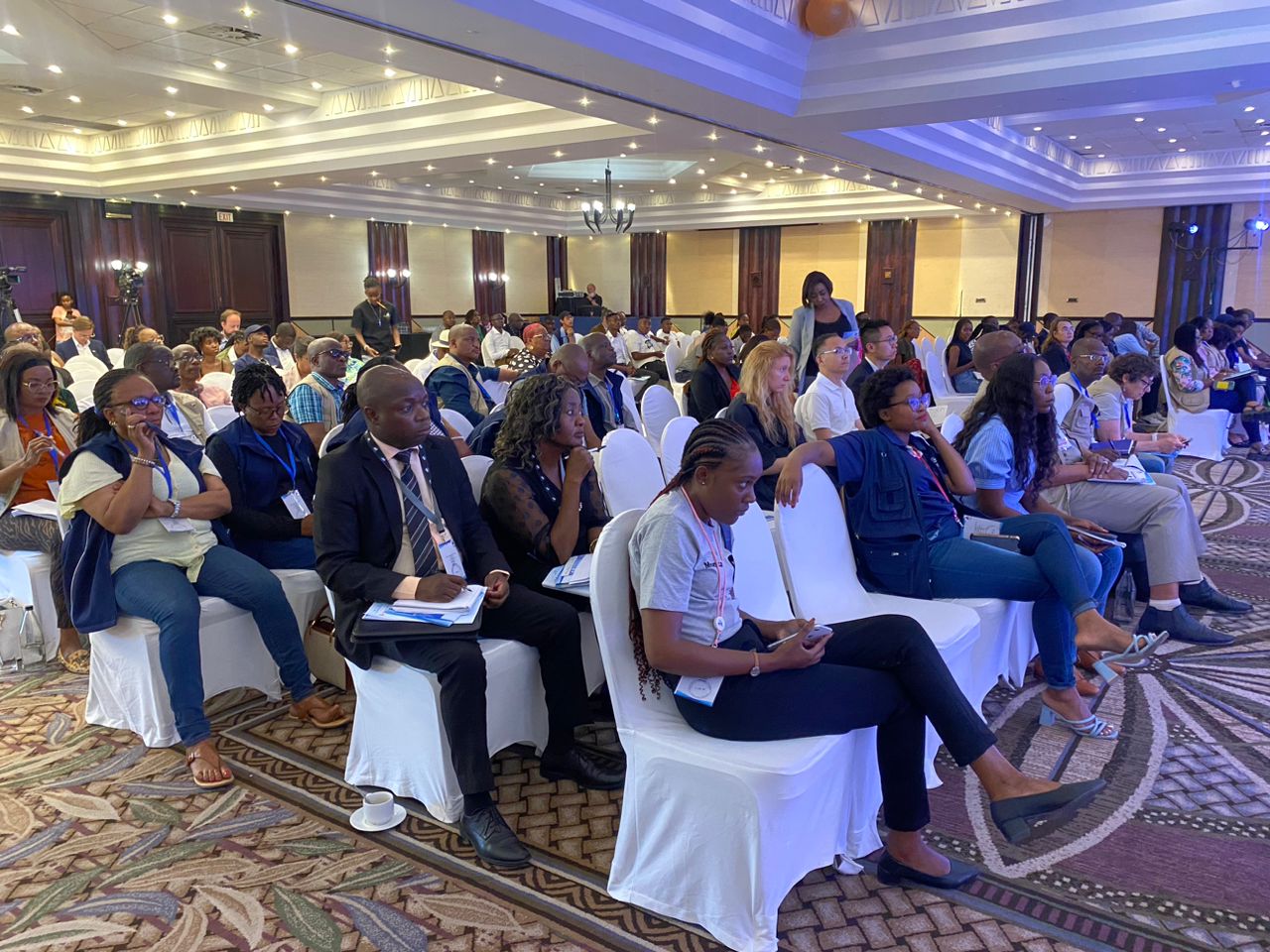The fusion of geoinformation science and artificial intelligence, known as GeoAI, is emerging as a powerful tool for multiple applications.
In this article, I look at its robust applicability to land management and administration in Namibia.
GeoAI combines the spatial analysis capabilities of Geographic Information Systems (GIS) with the predictive power of artificial intelligence (AI).
This integration allows for more a sophisticated analysis and interpretation of spatial data, which can significantly enhance land administration and management practices.
Effective land management is critical for any nation and, for a country like Namibia with its unique environmental challenges and socio-economic dynamics, it is indispensable.
Namibia’s terrain or landscape is characterised by vast arid regions, variable rainfall and a fragile ecosystem susceptible to land degradation and drought.
Ensuring sustainable land use and effective land administration can help mitigate these challenges and promote economic development, environmental sustainability, and social stability.
EFFECTIVE MANAGEMENT
Namibia’s economy relies heavily on its natural resources, including agriculture, mining and tourism.
Effective land management ensures that these resources are utilised sustainably in ways that prevent over-exploitation and environmental degradation.
Proper land administration can help resolve land disputes, secure land tenure, and promote investment in land-based industries.
This is particularly important in a country where land ownership and use have historical, cultural and economic significance.
Land degradation, drought, and flooding are pressing environmental issues that affect Namibia’s land resources.
Effective land management can mitigate these challenges by implementing sustainable land use practices, rehabilitating degraded land and planning for climate resilience.
GeoAI can play a crucial role in addressing these issues by providing accurate data and predictive insights for informed decision-making.
APPLICATIONS
GeoAI offers a myriad of applications that can transform land administration and management. They include:
- Analysing spatial data to identify suitable areas for various land uses, such as agriculture, residential, commercial, and conservation.
- GeoAI can predict future land use trends and help planners develop sustainable zoning policies.
- It can monitor changes in land cover and vegetation, thereby providing early warnings of land degradation.
AI algorithms can analyse satellite imagery and other spatial data to detect signs of soil erosion, deforestation and desertification, which can be very important in the development of early warning systems for timely and proactive intervention. - It can predict drought conditions with high accuracy by integrating weather data, soil moisture levels and vegetation indices.
This can help farmers and land managers implement drought mitigation strategies, such as water conservation and crop rotation. This, in turn, can help reduce the impact of drought on agriculture. - GeoAI can model flood scenarios by analysing topographic data, rainfall patterns and drainage systems.
This can help identify flood-prone areas and inform the development of flood mitigation infrastructure, such as dams and levees, to protect communities and agricultural land. - Accurate land records are essential for securing property rights and resolving land disputes.
GeoAI can streamline the land registration process by automating the extraction and verification of land parcel data from aerial imagery and cadastral maps.
This can enhance the efficiency and transparency of land administration systems. - It can be used to assess the environmental impact of proposed land use changes, such as infrastructure development or mining activities.
It can help ensure that development projects are environmentally sustainable by modelling the potential effects on ecosystems and biodiversity.
ADMINISTRATIVE ADVANTAGES
The integration of GeoAI in land administration offers several advantages, including:
- Processing large volumes of spatial data with high accuracy while reducing the risk of errors in land management decisions. This precision is crucial for effective planning and resource allocation.
- Predictive insights into future land use trends, environmental changes and potential risks. This enables proactive land management and helps prevent environmental degradation.
- Automating data analysis and monitoring processes with GeoAI can reduce the time and resources required for land administration tasks.
This cost-effectiveness can be particularly beneficial in resource-constrained settings. - GeoAI can be scaled to cover large geographic areas, making it suitable for national and regional land management initiatives.
This ensures that land administration systems can adapt to changing needs and expanding territories. - It enables real-time monitoring of land use changes and environmental conditions.
This timely information can support rapid response efforts to address land-related challenges such as natural disasters or illegal land encroachments.
CONCLUSION
GeoAI’s potential for revolutionising land management and administration in Namibia cannot be overemphasised.
It can provide accurate data generation, predictive insights and efficient solutions for sustainable land use.
It can also be integrated with other emerging technologies like blockchain and Internet of Things (IoT) for the development of a more robust land registry and real-time monitoring.
It can help Namibia address its environmental challenges, secure property rights, and promote socio-economic development by taking advantage of its precision, scalability, reproducibility, predictive analytics, cost-effectiveness, and real-time monitoring capabilities.
– Oluibukun Gbenga Ajayi is a senior lecturer in geoinformation technology at the department of land and spatial sciences, Namibia University of Science and Technology. The views expressed in this article are entirely his own; email: oajayi@nust.na
Stay informed with The Namibian – your source for credible journalism. Get in-depth reporting and opinions for
only N$85 a month. Invest in journalism, invest in democracy –
Subscribe Now!






